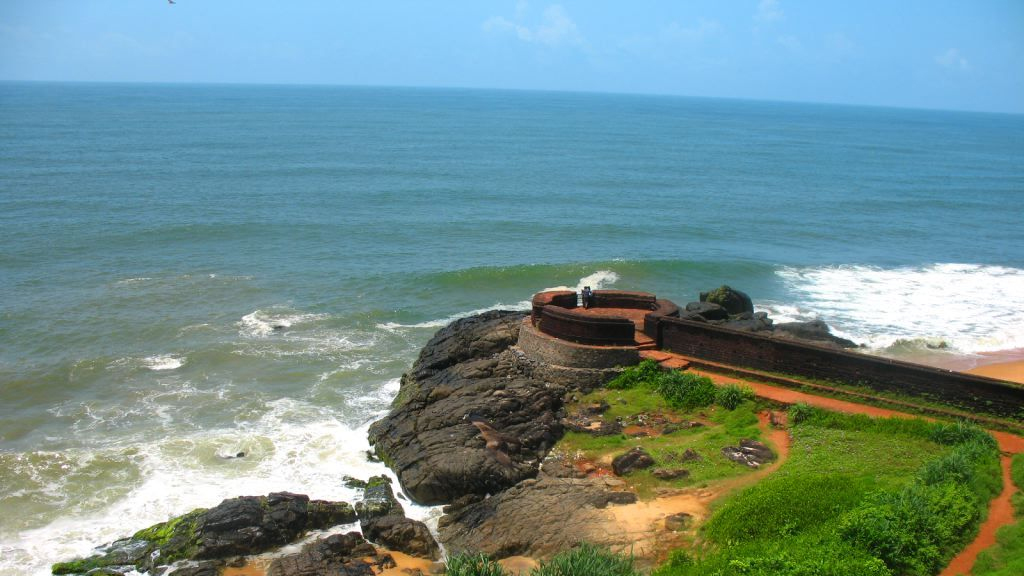Must Visit Places







Kasaragod is a swaying beauty in Kerala's tourism map. Lying at the northern tip of Kerala bounded by the Western ghats in the east and Arabian sea in the west. There are different views on the derivation of the name “KASARAGOD”. One view is that it is the combination of two Sanskrit words kaasaara (which means lake or pond) and kroda (which means a place where treasure is kept). Another view is that it is the place where Kaasaraka trees (Strychnos nux vomica) are in abundance. Both views are relavant as there are large number of rivers, lakes and ponds in the coastal belt of the district besides thick flora consisting of innumerable varieties of trees, shribs etc. The landscape is dotted with tiled-roof buildings, topped with the famous Kasaragod tiles made with the local hard red clay and typically walled with laterite blocks. There are 12 rivers in this district.The longest is Chandragiri (105 kms) originating from Pattimala in Coorg and embraces the sea at Thalangara, near Kasargod. The river assumes its name Chandragiri from the name of the place of its source Chandragupta Vasti; where the great Maurya emperor Chandragupta is believed to have spent his last days as a sage






